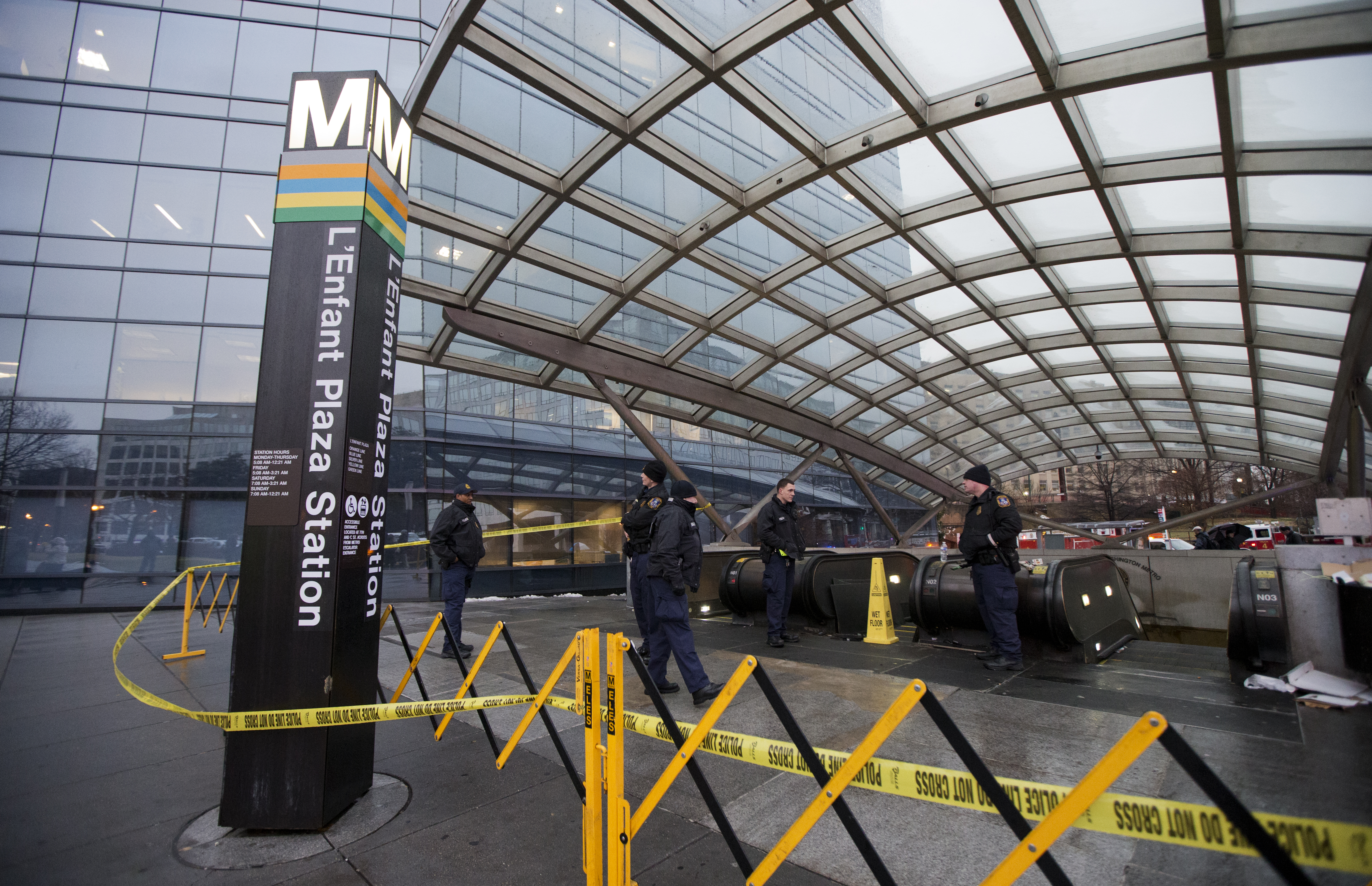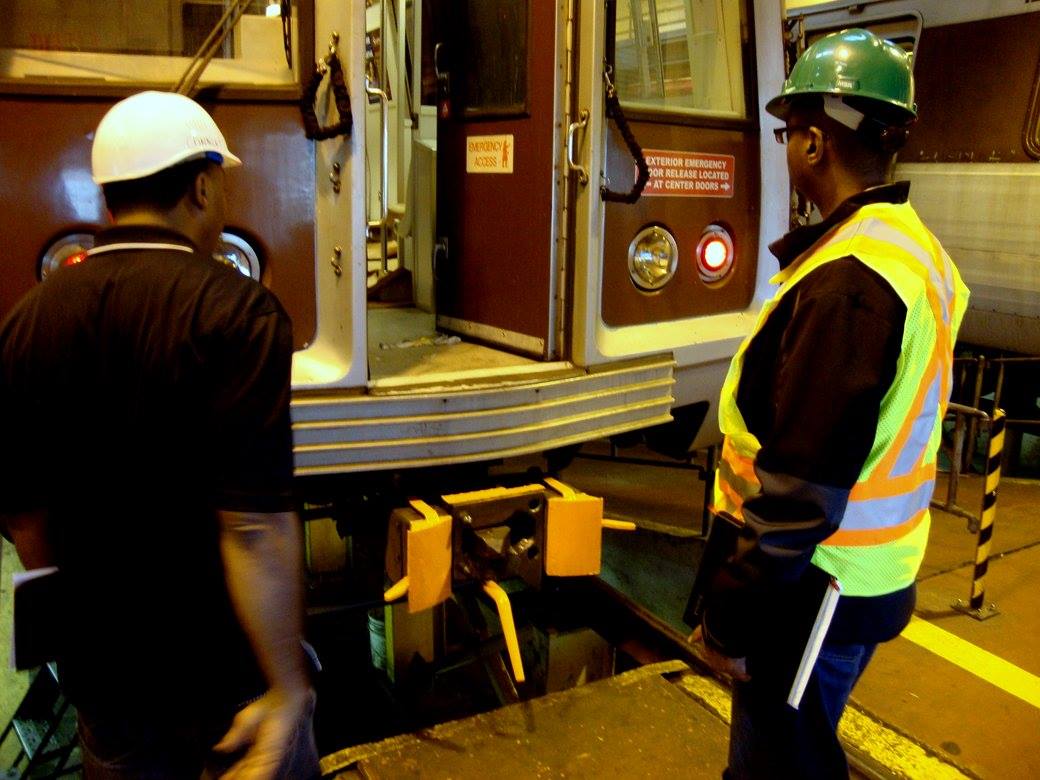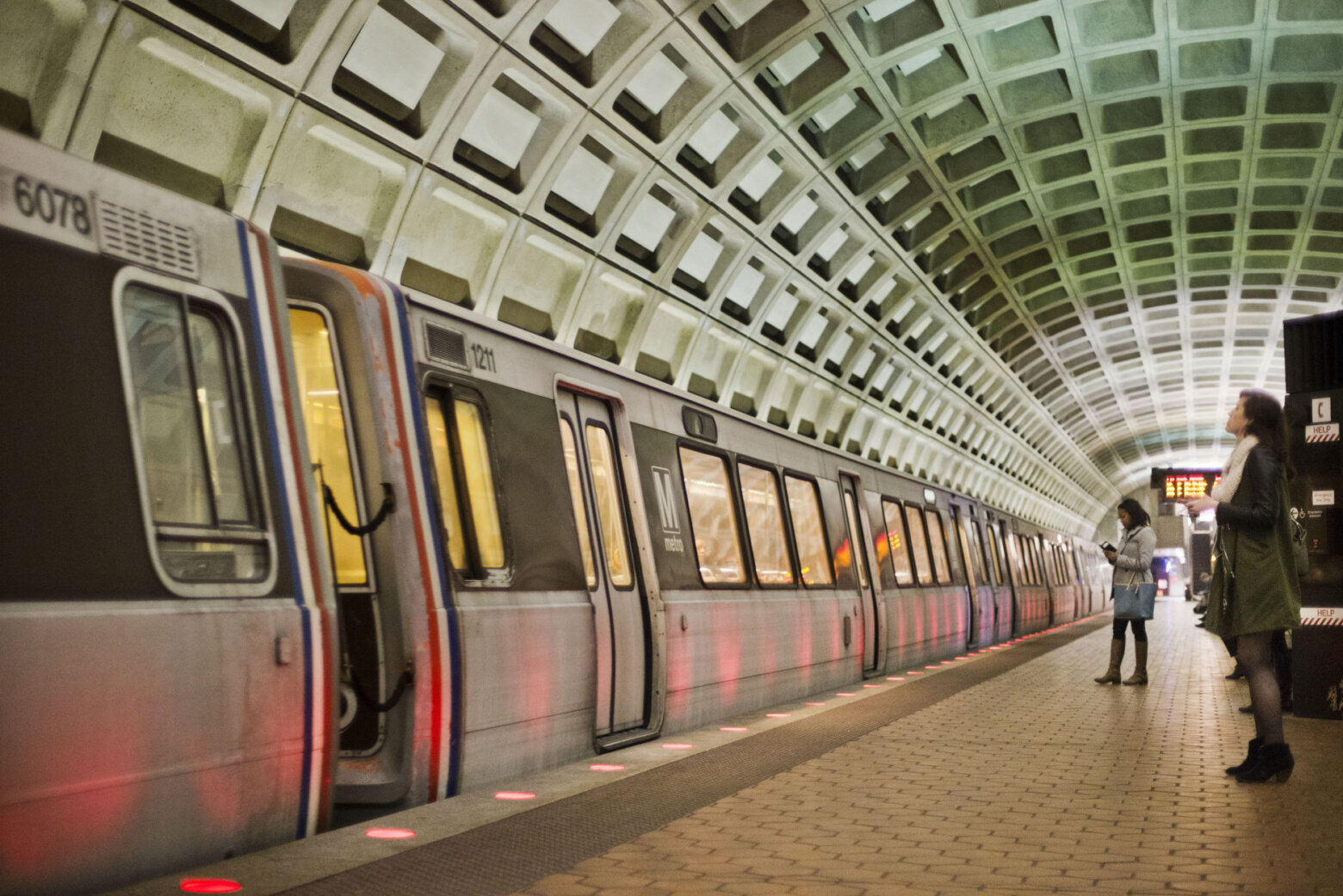WASHINGTON — A fire department position within Metro, created after the deadly smoke incident near L’Enfant Plaza in January, could end this spring if the region does not find new funding for it.
Metro Transit Police Chief Ron Pavlik says the two firefighters who have been working 40 hours a week, one from Fairfax County and one from Prince George’s County, only have the funding from Metro to continue work at the Rail Operations Control Center for a few more months.
“We fronted $250,000 to begin this effort, and at the burn rate or the rate at which it’s being expended is not going as fast as we’d like and it turned out we had the ability to send two officers over there … so [the positions are staffed] until that $250,000 runs out, which we forecast will be early spring,” Pavlik says.
He and new Metro General Manager Paul Wiedefeld are scheduled to meet with representatives of the region’s fire departments on Jan. 21 to figure out where future money could come from.
Metro and local fire chiefs say the position has increased safety and improved response for incidents in the Metrorail system. They would like to see the position staffed 24/7, which would require even more money but provide improved guidance around the clock to ensure that the appropriate response is sent to each incident.
“This is great because … we put a radio in there where the fire department can talk live with the responding jurisdiction,” Pavlik says.
The lack of communication between the Metro Rail Operations Control Center and D.C. Fire, including a delay in calling for a full response to the correct location, was cited as a significant issue in the smoke incident on the Yellow Line last January that led to Carol Glover’s death.
Separately, firefighters had problems communicating among themselves on radios. Metro has long-term plans to improve radio performance in the tunnels, but radios are now regularly tested in the system to ensure they would work in the event of an emergency.
Now, Pavlik says the firefighter in the Rail Operations Control Center can directly communicate with the appropriate department as soon as an issue arises.
“Through CCTV that firefighter — and through his experience — relays to that fire battalion chief who’s responding to say ‘yes, we have smoke’ or ‘yes, we have an evacuation underway’ or ‘no, actually it was just brake dust,’” he explains.
Pavlik says it is a regional issue, since an appropriate response means fewer vehicles traveling with lights and sirens, and more first responders available for other calls instead of getting tied up where they are not needed. He suggested regional grants as one possible source of funding to keep the program going.
“Through this real time, and through that partnership in the ROCC, we’re able to mitigate a lot of incidents and reduce the response time so that way you’re not putting so many first responders at risk — you know, four or five fire trucks responding to an incident when you only need one and it turns out to be break dust,” Pavlik says.
The program also would work the opposite way if more serious situations arise.
The final report on the L’Enfant Plaza incident from the National Transportation Safety Board is due by spring 2016. The Federal Transit Administration has separately directed Metro to make other changes through a federal safety management inspection and the FTA’s assumption of lead oversight authority for Metro.
That lead oversight authority is meant to only last until Maryland, Virginia and D.C. set up a long-promised Metro Safety Commission that would be more independent and have the enforcement authority the previous Tri-State Oversight Committee lacked.








